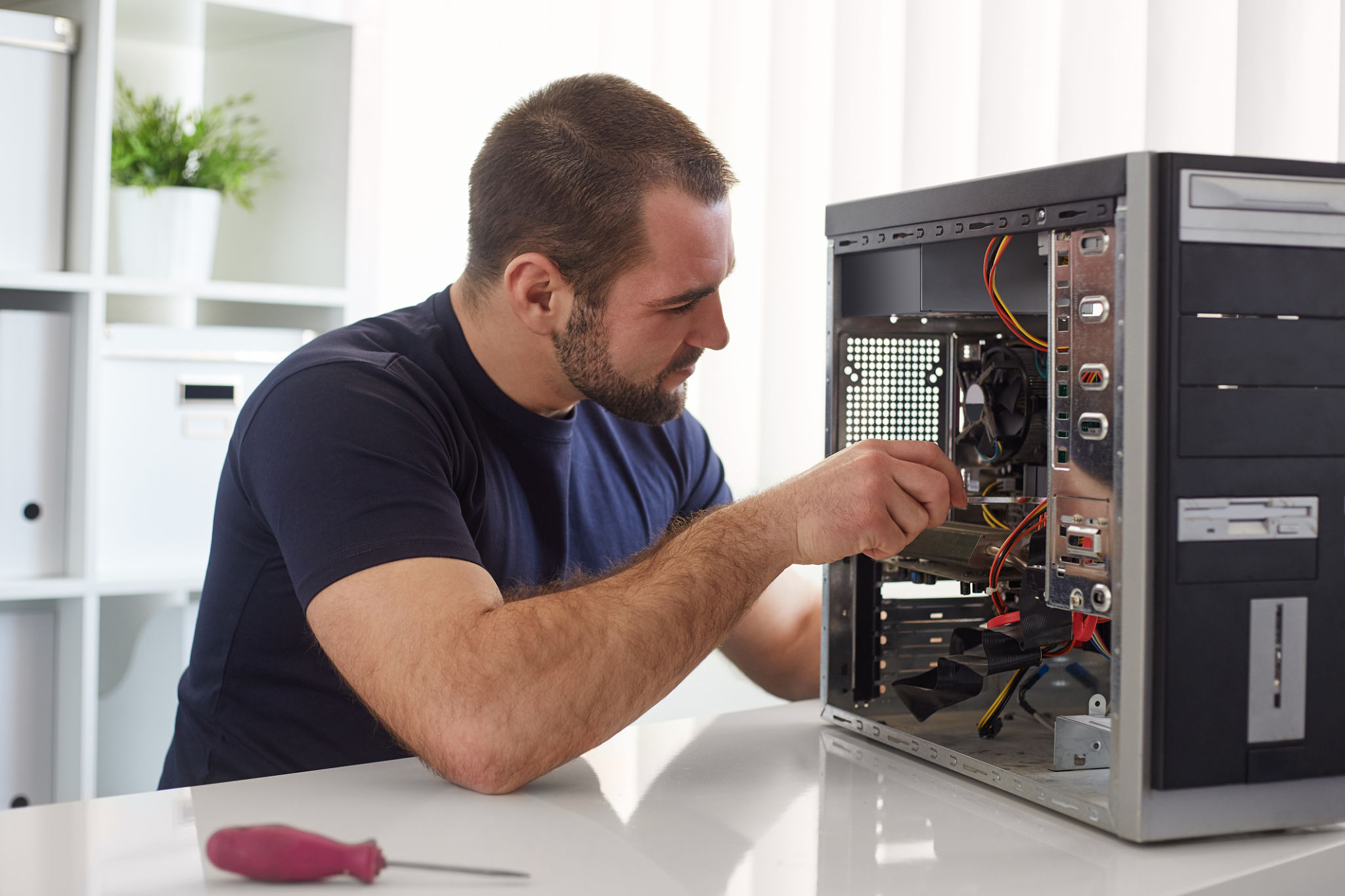DIY Guide: Fixing Common PC Problems at Home
Dealing with PC problems can be frustrating, especially when you're in the middle of an important task. Fortunately, many common issues can be resolved at home without needing professional assistance. This guide will walk you through fixing some of the most frequent PC troubles, saving you time and money.
Identifying the Problem
Start with Basic Checks
Before diving into more complex solutions, ensure you've covered the basics. Check if your PC is properly plugged in and all cables are secure. It's surprising how often loose connections cause issues. If your PC still doesn't turn on, try plugging it into a different outlet.

Diagnosing Software vs. Hardware Issues
Once you've confirmed that power isn't the issue, determine whether your problem is software or hardware-related. If your PC starts but then crashes or behaves erratically, it might be a software issue. On the other hand, if it doesn't boot at all, you're likely dealing with a hardware problem.
Fixing Common Software Issues
Dealing with Slow Performance
A sluggish PC can often be rejuvenated by clearing unnecessary files and programs. Start by uninstalling unused applications and running a disk cleanup to free up space. Additionally, check for malware or viruses that might be slowing down your system. Use a reliable antivirus program to scan and remove any threats.

Resolving Frequent Crashes
If your computer crashes often, outdated drivers or software conflicts could be the culprits. Ensure all your drivers are up to date by checking the manufacturer's website. Also, consider rolling back recent updates or performing a system restore if crashes began after a particular change.
Troubleshooting Hardware Problems
Overcoming Boot Issues
When a PC fails to boot, start by checking the RAM and hard drive. Reseat your RAM sticks and ensure they are correctly positioned in their slots. For hard drive issues, listen for unusual noises, which might indicate mechanical failure. Replacing the hard drive may be necessary if it's faulty.

Addressing Overheating Problems
Overheating can lead to shutdowns and performance issues. Ensure that your PC's fans are working correctly and that dust isn't clogging the vents. Regularly clean the inside of your computer using compressed air to remove dust buildup and improve airflow.
Maintaining Your PC
Regular Updates and Backups
To keep your PC running smoothly, regularly update your operating system and software applications. This practice helps to patch security vulnerabilities and improve performance. Additionally, set up automatic backups to protect your data in case of future hardware failure.

Investing in Quality Components
For those who frequently experience hardware failures, consider investing in high-quality components when upgrading or building a new PC. Reliable parts can enhance performance and longevity, ultimately saving you money on repairs and replacements.
By following these DIY tips, you can tackle common PC problems head-on and extend the life of your computer. Remember, if an issue seems beyond your skill level or persists despite troubleshooting, seeking professional help is always a wise choice.